A selection of students, emerging architects and industry leaders have been honoured at the Australian Achievement in Architecture Awards, with the AIA’s highest honour, the Gold Medal, being awarded to Phil Harris and Adrian Welke, co-founders of Troppo.
Driven by a desire to produce socially responsible architecture, Harris and Welke founded Troppo in 1980 in Darwin, and have since opened offices around Australia, cultivating a portfolio of over 2500 projects ranging from tiny remote buildings to full-scale city design.
“In 34 years of practice they have evolved an architecture that deals with the heat, the rain, the place, and subtleties of climate, while understanding and reviving the lessons of the Top End’s important history and legacy of projects,” said Paul Berkemeier, national president of the Institute and jury chair.
Harris and Welke’s ethos ensures that work produced is sympathetic to the land, using locally relevant materials to create settings that work for the informal Australian lifestyle.
In addition to their built work, the duo has been committed to enthusing, educating and influencing people’s views on architecture and its position in society. They have also championed a number of political and regulatory issues, such as the recent Building Code amendments that contradict Troppo’s leanly constructed, broadly opening and traditionally energy efficient design principle.

Troppo co-founders Phil Harris and Adrian Welke, who designed the Tyto Wetlands Cultural Centre, won the AIA's highest honour, the Gold Medal. Image: Avar Studio
Eight other accolades were presented during the ceremony. The 2014 National President’s Prize was posthumously awarded to Ross Langdon, who was murdered in the terrorist attack on a Nairobi shopping centre in September last year.
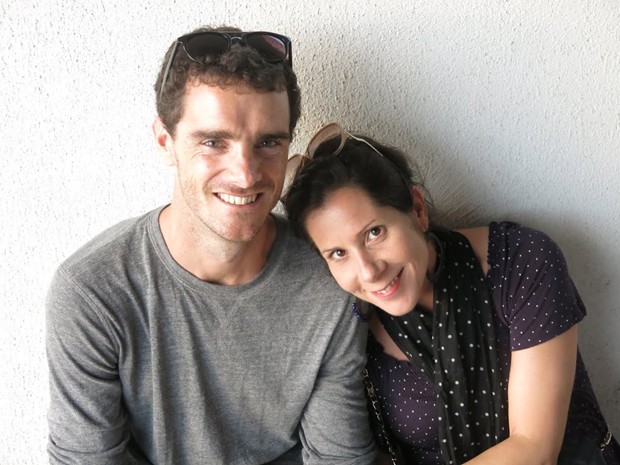
The late Ross Langdon and his partner, Elif Yavuz. In recent years, Langdon had focused on sustainable projects in Uganda, Rwanda and Tanzania.
Winner of the 2013 Jorn Utzon Award for International Architecture, Andrew Burns, received the National Emerging Architect Prize for his “extensive involvement in local, international, public and industry engagement”.
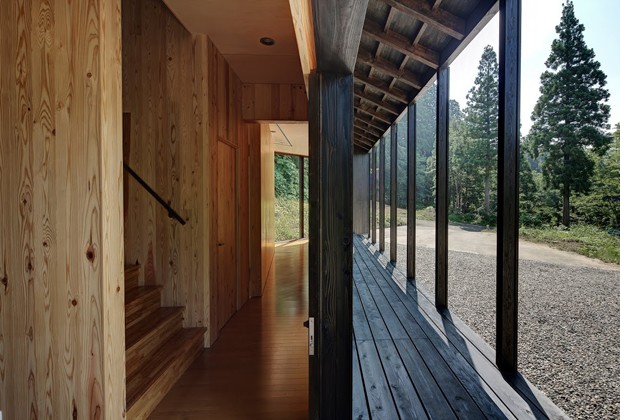
AUSTRALIA HOUSE by Andrew Burns
The Leadership in Sustainability Prize went to DesignInc’s John Macdonald for contributing to the design and delivery of a wide range of projects that have pushed the boundaries of sustainable design and energy management over the last 35 years.
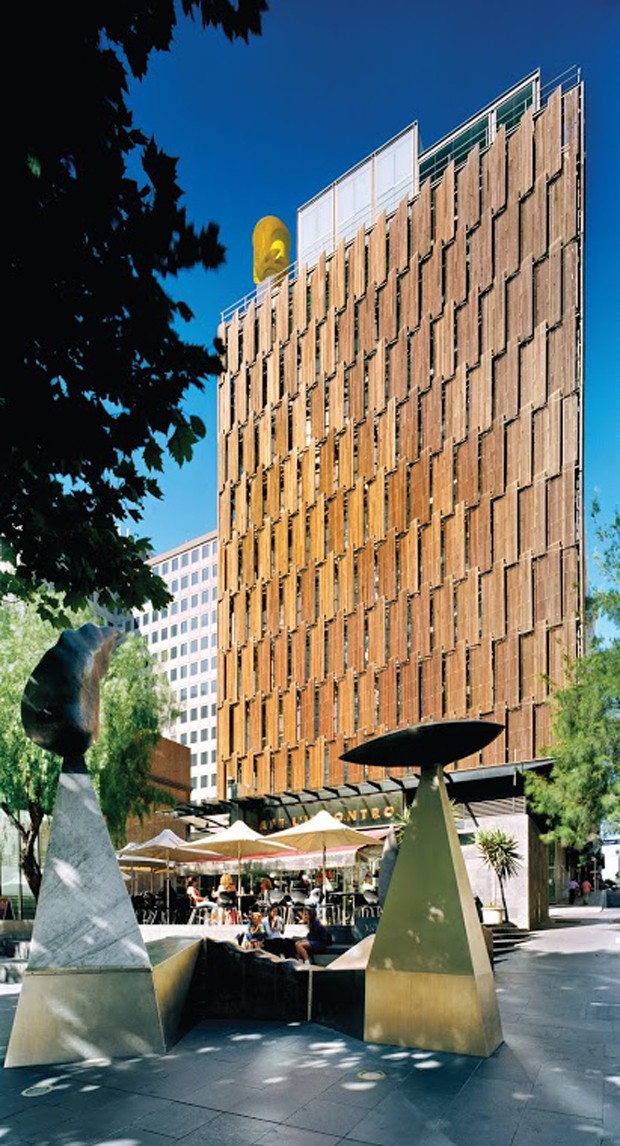
LISP by John Macdonald, DesignInc
In recognition of his internationally renowned research and teaching in heritage and conservation, Professor Emeritus Miles Lewis AM from the University of Melbourne was honoured with the 2014 Neville Quarry Architectural Prize.
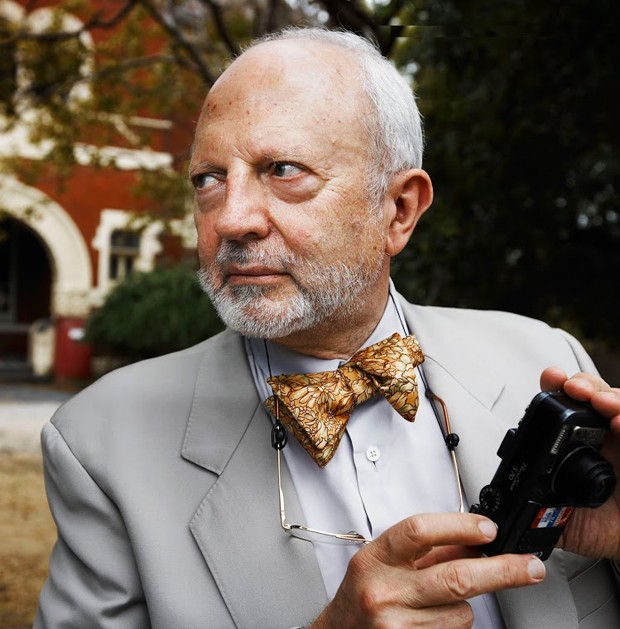
Professor Emeritus Miles Lewis. Image: Isamu Sawa
The jury also selected HY William Chan from the University of Sydney for the 2014 Student Prize for the Advancement of Architecture. The Bachelor of Design in Architecture graduate has contributed to the industry and broader community through inter-disciplinary initiatives associated with sustainable design and emergency humanitarian aid work.
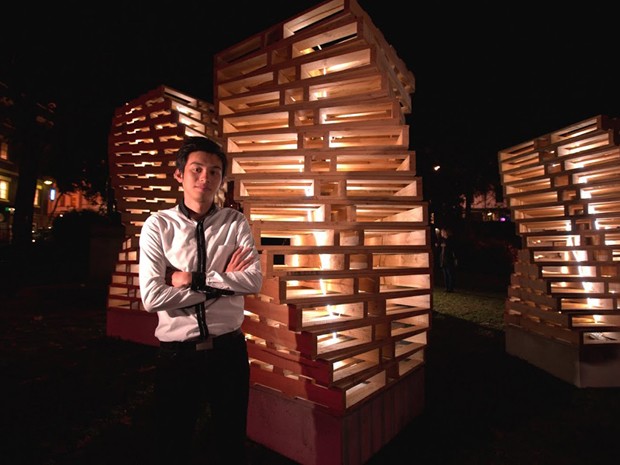
HY William Chan. Image: Isaac Leung
Architectural critics and publishers Haig Beck and Jacqui Cooper were selected for the William J Mitchell International Committee Prize in honour of their contribution to the profession, study and advancement of architecture beyond Australia.
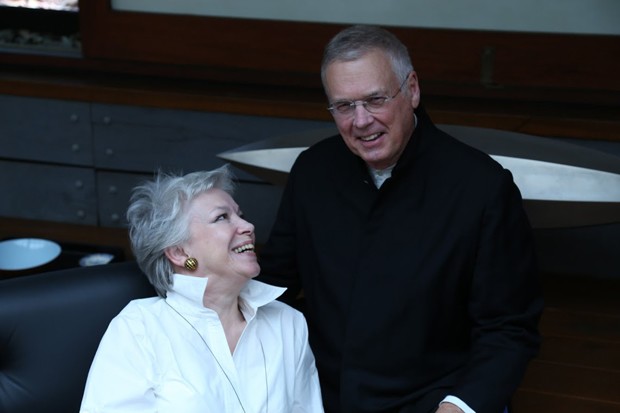
Jackie Cooper & Haig Beck
Five emerging architects from New South Wales and Victoria who will participate in the 2014 Dulux Study Tour - Jenna Rowe, Suzannah Waldron, Michael Zanardo, Ben Milbourne and Cherry Williamson - were also rewarded at the Awards.
Finally, the COLORBOND Steel Student Biennale, which acknowledges outstanding works of design by architecture students across Australia, was presented to Jessica Chidester of RMIT University. Commendations were awarded to University of Western Australia’s Ben Juckes, and Doug McNamara of University of Queensland.
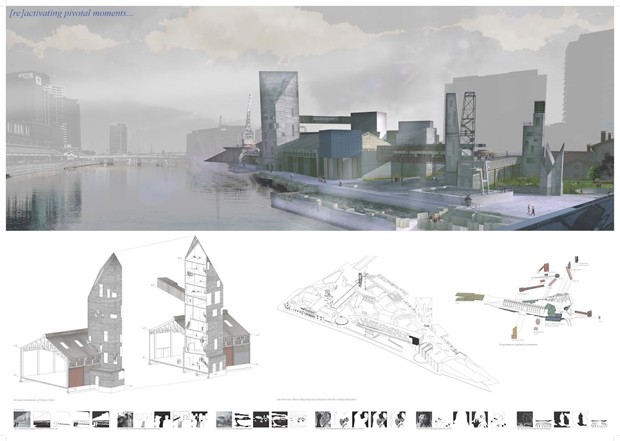
Jessica Chidester's design work, [re]activating pivotal moments
The annual Australian Achievement in Architecture Awards recognise and reward excellent contributions in the fields of architecture and the built environment across a range of expertise, including leadership, sustainability, education and advancement.

